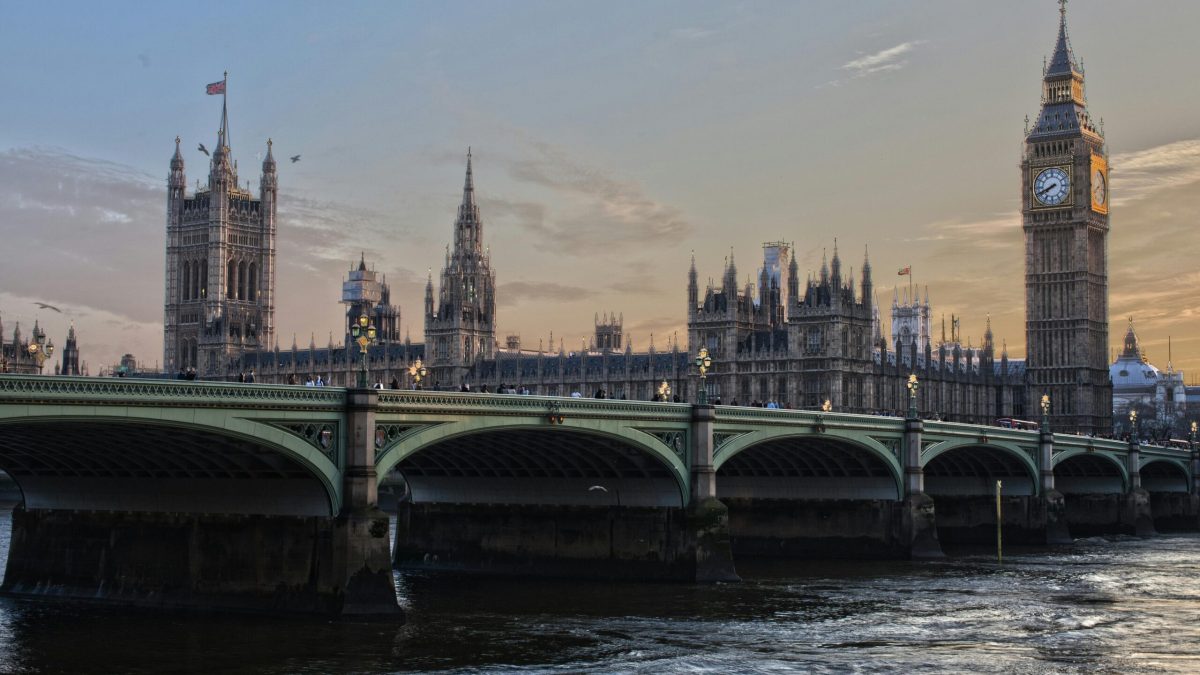The UK economy isn’t in freefall, but it’s barely moving forward. Growth forecasts are shrinking, inflation refuses to drop, and businesses are feeling the squeeze.
The British Chambers of Commerce (BCC) has cut its 2024 GDP growth prediction to 0.8%—down from 1.1%—while inflation is expected to hover above the Bank of England’s 2% target until 2026.
With higher taxes, weak trade, and shaken business confidence, the country is struggling to find its footing.
What’s dragging growth down?
The labour market offers one of the clearest indicators of the slowdown. Job vacancies in November fell at their sharpest rate in over four years, according to a survey by KPMG and the Recruitment and Employment Confederation (REC).
Employers are reassessing staffing needs as rising costs bite, leading to redundancies and the steepest increase in staff availability in months.
Unemployment is forecast to reach 4.5% by the end of 2025, slightly higher than previous projections.
Youth unemployment remains a stubborn issue, with 14.9% of young people expected to be out of work in 2025.
These trends highlight the financial strain on businesses, many of which are scaling back hiring to offset increased employer National Insurance contributions introduced in the recent budget.
Are taxes choking investment?
Chancellor Rachel Reeves’s Autumn budget introduced £40 billion in tax hikes, including higher National Insurance contributions and wage increases.
Business groups, such as the Confederation of British Industry (CBI), warn that these measures are squeezing profits, reducing competitiveness, and discouraging investment.
The reforms stripped away inheritance tax exemptions for pension savings, meaning they’ll be taxed at 40% upon inheritance. Heirs will then face income tax on withdrawals.
This makes pensions a tough sell compared to alternatives like property.
A £1 million investment property would face the same inheritance tax but avoid further taxes when sold. For families planning generational wealth, pensions now look like the least appealing option.
The British Chamber of Commerce forecasts business investment to grow by just 1.5% in 2024, falling to 0.9% in 2025 before recovering to 2.1% by 2026.
Rising costs and regulatory hurdles are key deterrents, and firms may find it harder to fund innovation or expansion in this environment.
That is a huge deal for an economy that relies on pension funds for long-term infrastructure investment.
What about trade and manufacturing?
The UK’s trade outlook remains bleak, and that’s due to ongoing challenges that have persisted since Brexit.
Barriers with the EU, now the UK’s largest trading partner, continue to make cross-border transactions more expensive and time-consuming.
Global conflicts, supply chain disruptions, and the threat of new tariffs add to the uncertainty, limiting growth in both exports and imports.
The British Chambers of Commerce (BCC) expects net trade to stay negative through 2026, with forecasts of -1.5% for both 2024 and 2026.
Exports are projected to grow only 0.2% in 2025 and 1.1% by 2026, while imports will barely outpace them, creating a stagnant trade landscape.
Manufacturing isn’t offering much hope either. Growth in the sector is expected to remain modest, with a mere 0.6% increase forecast for 2025 and 1.2% for 2026.
These numbers reflect the broader struggles of industries grappling with higher input costs, weak demand, and limited government support.
Together, these figures highlight the difficulties of navigating a post-Brexit economy while grappling with international disruptions that are outside the country’s control.
Can inflation cool down?
Inflation is another big problem for the UK economy.
The BCC forecasts the consumer price index (CPI) to remain above target, hitting 2.2% in late 2025 and 2% in 2026.
Businesses are already struggling with rising input costs and shrinking margins.
This also means higher prices and less disposable income for consumers, creating a cycle of weak demand and low confidence.
While government spending is expected to help GDP recover slightly by 2025 and 2026, sustained inflation poses a major risk to any gains.
If inflation doesn’t cool, businesses may face an even tougher environment, with higher costs and shrinking markets making it nearly impossible to grow. Without targeted measures to address this, the economy may remain stuck in low gear for years to come.
What’s the way out?
There’s no quick fix for these problems, but there are options.
The government could rethink its tax-heavy approach to avoid stifling investment. Lowering trade barriers with the EU would help exporters, while targeted incentives for manufacturing and innovation could give businesses a reason to spend.
Pensions, too, need attention.
Restoring trust in long-term savings would stabilize the financial system and provide much-needed funding for public projects.
Without these changes, the UK risks becoming a nation where growth is slow, investment is scarce, and the future feels uncertain.
The truth is that the UK economy isn’t collapsing, but it’s losing steam, at a dangerous pace.
Businesses are stretched thin, workers face fewer opportunities, and savers are rethinking their strategies.
What happens next depends on whether policymakers can rebuild confidence and realign priorities.
For now, the recovery is stuck in neutral.
The post Why the UK economy feels stuck and how it could recover appeared first on Invezz

